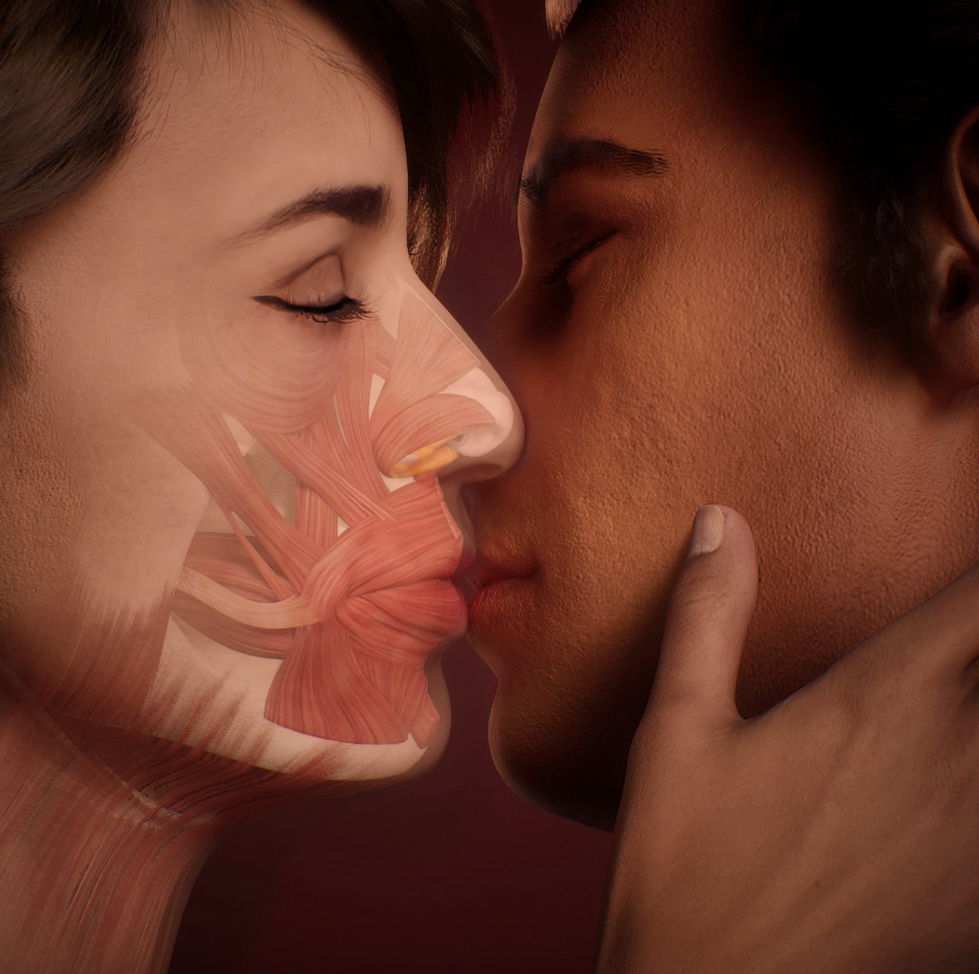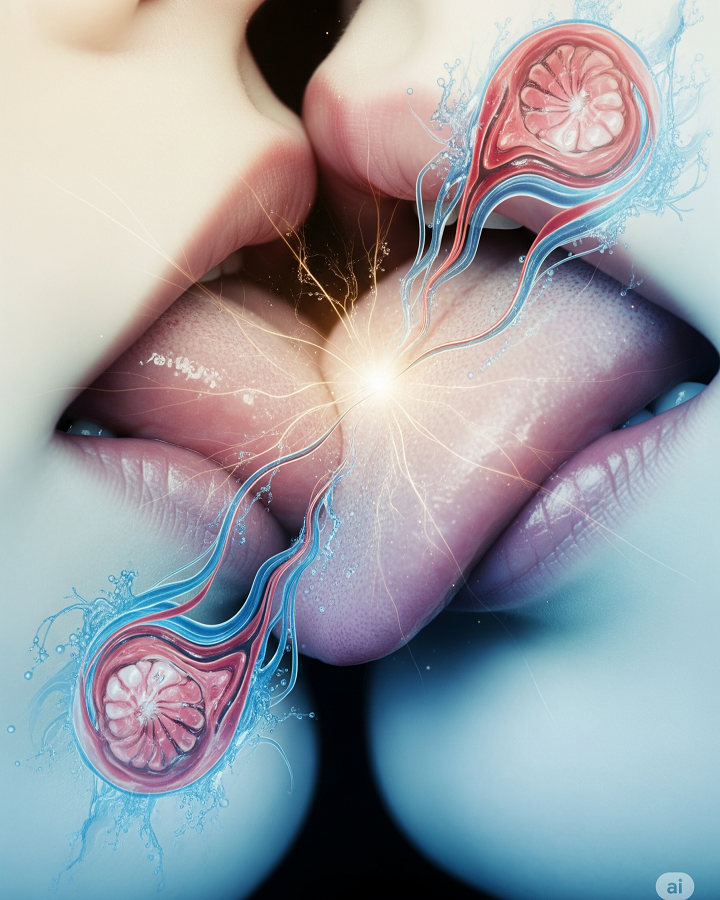A kiss is rarely just a kiss, especially when the tongue is involved. Far from being a simple exchange of saliva, the tongue kiss—often called a French kiss—is a complex interplay of biology, neurology, and social signaling. It’s a deeply intimate act that engages multiple senses and triggers a cascade of physiological responses, all orchestrated by that remarkable muscular organ: the human tongue.
At its core, a tongue kiss is a highly evolved form of sensory exploration. The tongue is an incredibly sensitive organ, packed with thousands of nerve endings and taste buds. While taste buds primarily detect flavors, the nerves throughout the tongue are exquisitely tuned to pressure, temperature, and texture. During a tongue kiss, partners are not just sharing saliva; they are gathering a wealth of information about each other.
Is their breath fresh? What do their oral fluids “taste” like? How soft or firm is their tongue? These subtle cues, processed subconsciously, can provide insights into a partner’s health, hygiene, and even genetic compatibility. Some theories suggest that pheromones, chemical signals released in saliva, might play a role in this unconscious assessment, though the scientific evidence for human pheromones in this context is still debated.
Beyond the sensory input, the act of a tongue kiss triggers a remarkable array of physiological changes. The initial touch of lips, and then tongues, sends signals to the brain that activate the parasympathetic nervous system, leading to a reduction in stress hormones like cortisol. Simultaneously, the brain releases a cocktail of neurochemicals. Oxytocin, often dubbed the “love hormone” or “cuddle chemical,” surges, promoting feelings of bonding, attachment, and trust. Dopamine, associated with pleasure and reward, creates a sense of euphoria and reinforces the desire for more contact. Serotonin levels may also be affected, contributing to feelings of well-being. Even adrenaline can see a slight increase, leading to a quickening of the heart rate and a flush of excitement.
The physicality of a tongue kiss also involves a synchronized dance of muscles. The tongue itself is an agile organ, composed of eight muscles that allow for a wide range of movements—from curling and extending to pressing and swirling. During a passionate kiss, these muscles work in concert, often mimicking a form of non-verbal communication. The act also involves the orbicularis oris muscle, which encircles the mouth and allows for lip puckering, and various facial muscles that convey emotion. The rhythmic exchange and subtle pressures can be incredibly stimulating, contributing to the overall pleasurable experience.

Furthermore, the exchange of saliva, while often seen as merely a conduit, plays a role in immunity. While some germs are undoubtedly transferred, saliva contains enzymes, antibodies, and beneficial bacteria that can actually help to strengthen the immune system over time by exposing individuals to new pathogens in small doses. This “immunological mixing” is a fascinating, if less romanticized, aspect of kissing.
In essence, a tongue kiss is a microcosm of human connection. It’s a multi-sensory experience that goes far beyond simple physical contact. It’s a primal act rooted in our biological drives for connection and reproduction, yet it’s also a deeply personal expression of affection, desire, and intimacy. What really happens during a tongue kiss is nothing short of a profound chemical and physical conversation, a silent yet powerful dialogue that deepens bonds and ignites passion.

A close-up, artistic shot focusing on the subtle movement and intimacy of two individuals’ mouths as they engage in a gentle tongue kiss. The lighting should be soft, perhaps with a slight bokeh effect in the background to emphasize the closeness. The image should convey warmth, connection, and the intricate nature of the act, without being overly explicit. It could subtly highlight the intertwining of tongues or the expression of connection in the corners of their mouths.
